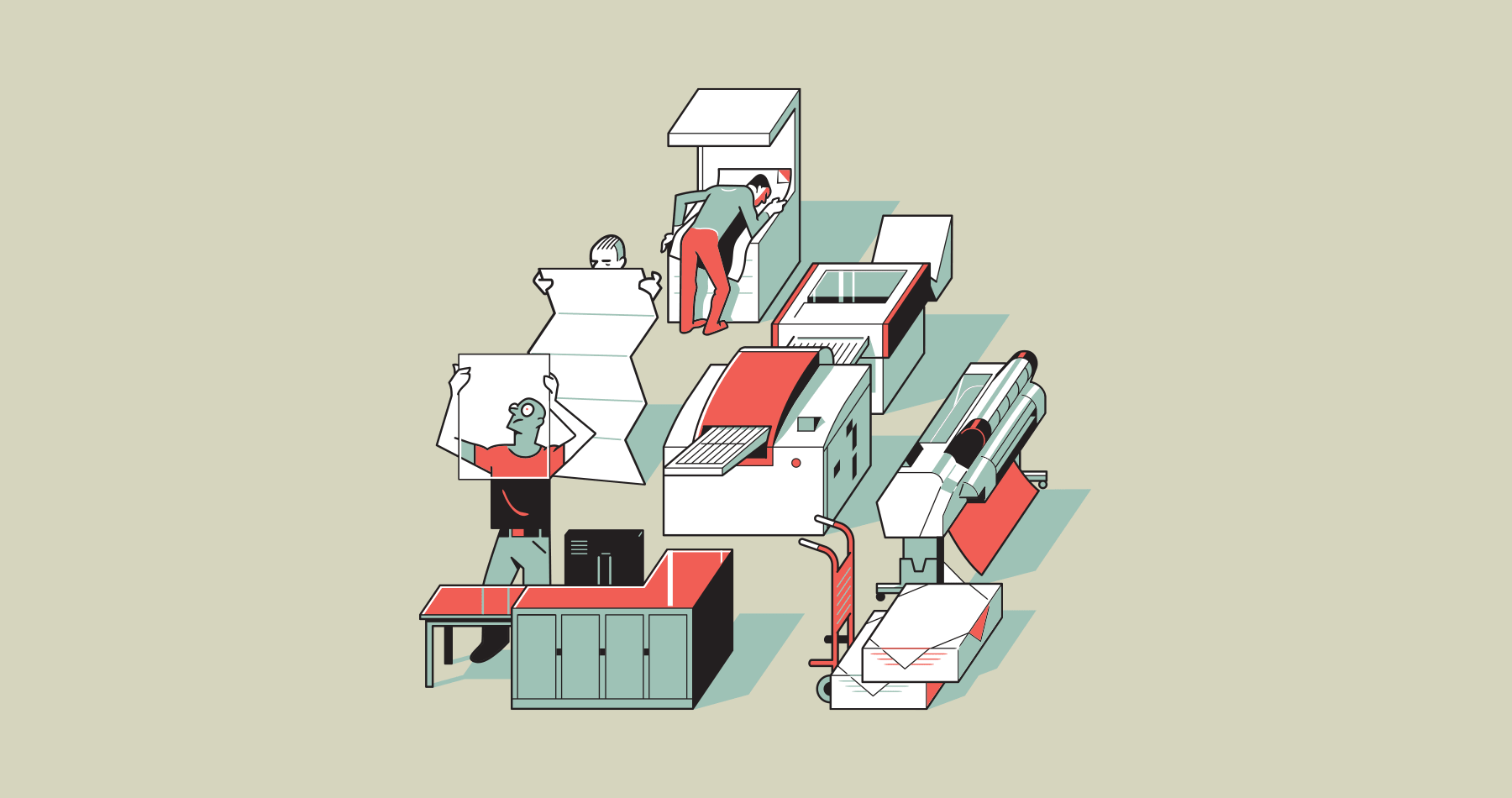In her book, “The Conscious Workplace: Fortify Your Culture to Thrive in Any Crisis,” HR and organizational development thought leader Shaara Roman says that while most organizational cultures tend to develop organically with little input or perception from management, there lies a real opportunity for leadership to focus on culture.
And as Roman, founder and CEO of boutique culture consulting firm The Silverene Group, puts it, not just culture for culture’s sake, but as a critical element of a company’s future and success.
"Retention and productivity. More, now than ever, this is a topic that employees feel more comfortable with their employer, knowing that there is a place in the plan."
— Marjorie Freer, VP,Human Resources, Mower Agency
If you read Peter Drucker’s world-renowned edict that “culture eats strategy for breakfast” in her conclusions, you’re not far off. “The Conscious Workplace” provides an indelible statement on just how much the role of solidifying cultural ideals plays in building and strengthening workplace dynamics.
While culture is defined by how each team member shows up at work, and that patience and practice are essentials to the change journey, Roman believes that intentionality is the true ingredient. “Each organization is unique, and you can’t just copy another company’s culture and expect it to work at your place. Sure, there are common elements of a great workplace culture—and we’ve talked about that before in many of our other blogs—things like inclusive leadership, authenticity, psychological safety, and so on. But how they come to life in an organization is where the secret sauce is.”
In many instances, that coming to life moment parallels employee wellbeing, particularly how they adhere, react and adapt to the day-to-day workplace culture that is in place. According to Gallup’s “State of the Global Workplace: 2022” report, along with dissatisfaction, today’s workers are expressing staggering rates of disengagement and unhappiness. If you want data, 60% reported being emotionally detached at work while 19% said they were downright miserable. The report also showed that 50% of workers reported feeling stressed on a daily basis, 41% were worried, 22% sad, and 18% angry.
Only 33% reported feeling engaged.
Enter enacting a mental wellbeing strategy, where you openly and honestly make an effort to bolster the culture of the workplace dynamic. Roman, who has helped shape the cultures with clients such as Arcadis, ExecOnline, Folger Shakespeare Library, the National Association of Corporate Directors, and the Walton Family Foundation, believes the strategy works.
“It’s important to be really clear about what you’re looking to do, why you’re looking to do it, and how you’ll know that you’ve accomplished it,” she says. “When you’re intentional about your culture change journey, you can more easily move your strategy forward by getting everyone on the same page. Change sticks when the organization maintains the strategy, fosters the new culture with intentionality, and keeps up with the measurement systems in place.”
7 ways to better workplace mental wellbeing
Connect with your team
Getting to know your employees should always be a priority. Connection drives us to be our best selves. Leadership should be tailored to the individual, because everyone responds differently according to their personality type.Show appreciation
Recognizing a job well done, or simply the time and effort your team puts into the job, goes a long way. Making it known how much you value your people helps boost morale and drive motivation.Prioritize wellbeing
Don’t just tell your team their wellbeing is a priority, show them. Set the tempo. If you’re constantly working into the night and over the weekends, provide mental health days or resources, and encourage people to speak up if they feel a burnout coming on.Trust their process
Show your employees you believe in their ability to produce top quality results, and don’t micromanage the process. Tell them what you need up front and get specific with your guidelines, but then let them exercise ownership over the task.Create a safe space
Foster a work environment where your people can feel safe to be authentic and contribute without fear of being judged or shut down. Psychological safety plays a big role in employee satisfaction and innovation.Provide help when needed
Make sure your team knows they have your full support and the support of the other team members. Recognize when a project is too big for one or two people, and avoid over-assigning work.Check in regularly
At the end of the day, your employees are the best resource when it comes to learning how to care for their needs. Have frequent one-on-one’s to discuss each person’s comments, concerns, needs, goals and general feelings about the job.trust. happiness. repeat.
What does your job provide you? According to the World Health Organization, every workplace offers variations of the following. A livelihood. A sense of confidence, purpose and achievement. An opportunity for positive relationships and inclusion in a community. A platform for structured routines, among many other benefits.
Providing each employee with these opportunities at work helps increase the level of trust and overall happiness the employee has. Having a “safe place,” where there are programs such as an ERG (employee resource group) that focuses on this, and is voluntary, is encouraging.
When the Mower Agency was looking to increase the level of mental wellbeing in its workplace culture, leadership asked its employees what would help. The feedback from the internal survey put an emphasis on work as a “safe place.”
To help keep employee morale clicking on all cylinders, Marjorie Freer, VP of Human Resources, says leadership sends out quarterly company-wide reminders about the resources available to its workforce. “It’s about leadership and supervisors being aware and recognizing signs that employees may be facing issues they might not be apt to speak about unless asked in a forum they feel is safe. Providing our company with EAP (Employee Assistance Program) information regularly is essential, but one-on-one conversations are even more important.”
"When you’re intentional about your culture change journey, you can more easily move your strategy forward by getting everyone on the same page."
— Shaara Roman, Founder & CEO, The Silverene GroupMore than anything else, communication is the key factor. Having a cadence with your employees and their needs is important so that both current and new employees are familiar with company policies and resources. And while informing them at a company-wide level is imperative, making sure managers are aware of signs and checking in regularly with their employees is most beneficial in being ahead of issues that may lay silent otherwise.
“Retention and productivity,” Freer says of the benefits of workplace wellbeing plans. “More, now than ever, this is a topic that employees feel more comfortable with their employer, knowing that there is a place in the plan. Encouraging them to reach out and that there is flexibility and resources are a huge benefit to keeping employees happy and staying in a place they feel safe and supported.”
Other recent articles

The Vanishing

Weighing In

We’re OK

The Guide

By The Numbers









